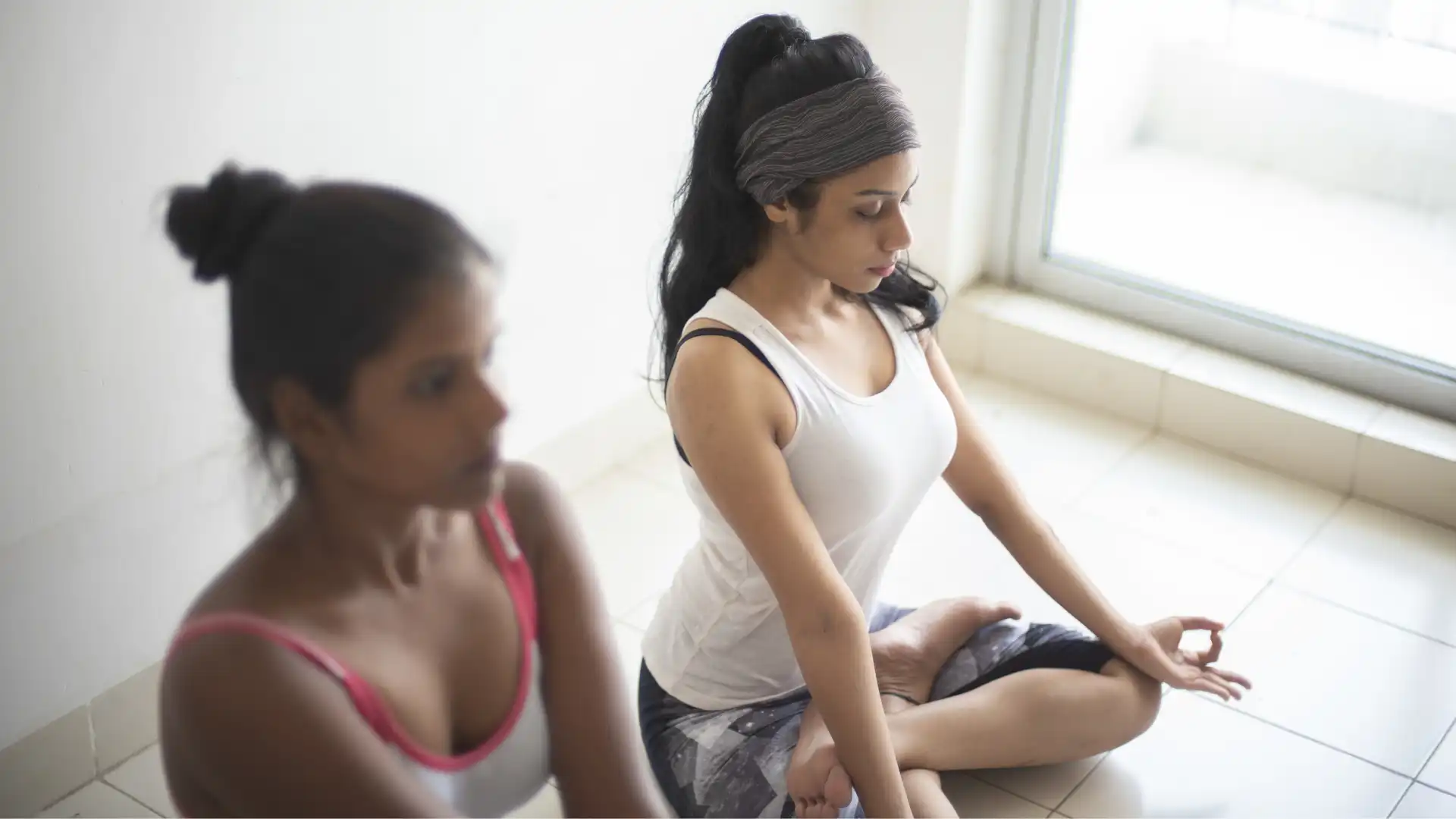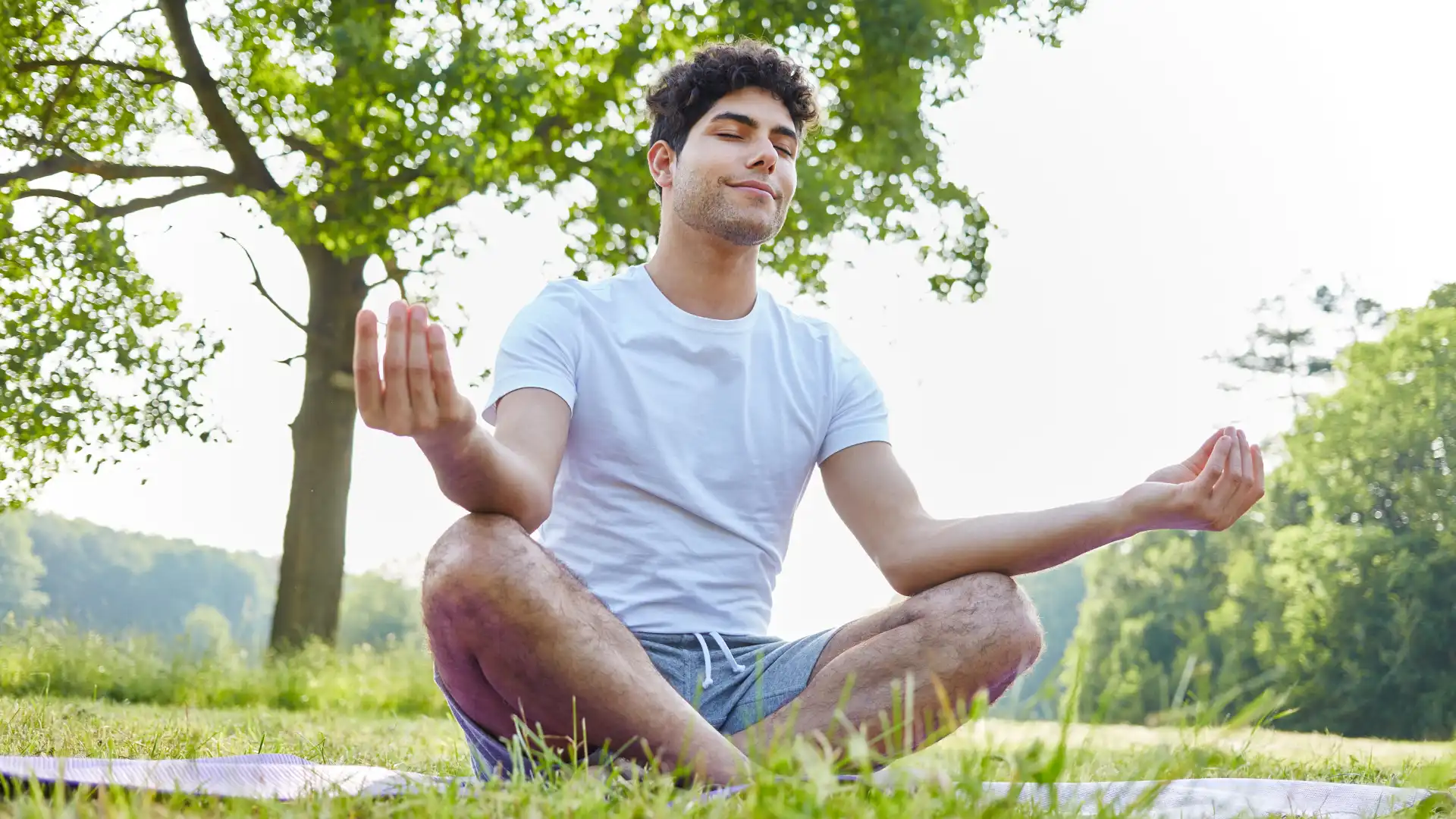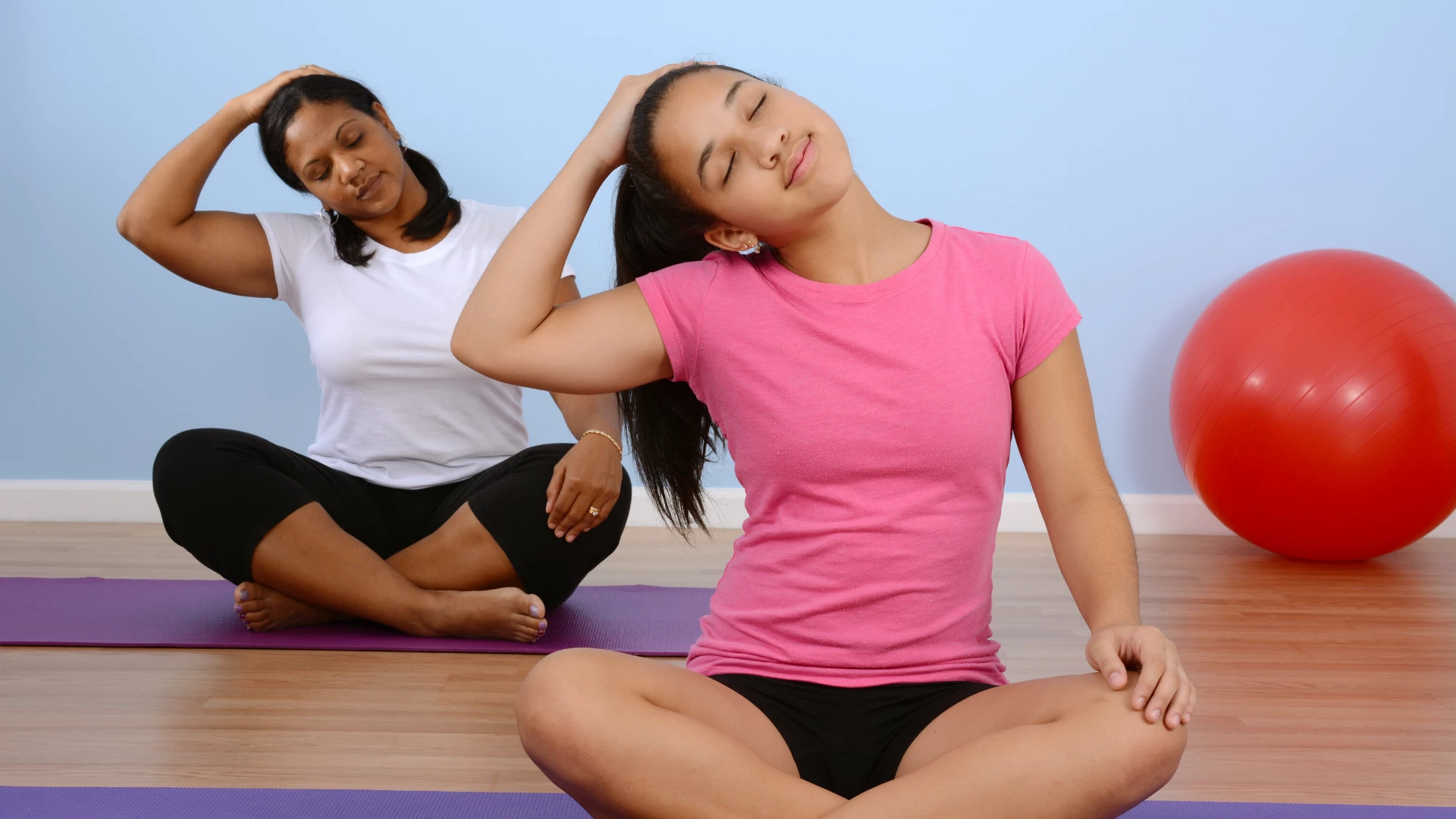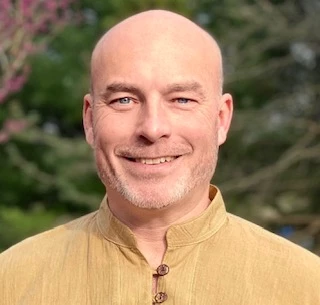From Probation Officer to Yogi: Teaching Mindfulness in the Juvenile Justice System

If someone told me 25 years ago that I would be sitting in front of teenagers inside a juvenile detention facility teaching and leading them through mindfulness practices and yoga asanas, I would have looked at them with a puzzled look and laughed. Yoga? I cannot even touch my toes. And what is mindfulness?
You see, 25 years ago, I was a juvenile probation officer assigned to a high school in an effort to cut down on truancy and suspensions. One of the most difficult parts of the job was when a juvenile would have to be placed in a detention facility for either violating their probation contract or committing another offense.
In 2018, I embarked on a personal journey and decided to obtain my yoga teacher certification, and when I finished, I was fortunate to join the Shanthi Project. Throughout these two years, I have had the privilege of sitting in front of teenagers inside the Northampton County Juvenile Justice Center in Easton, Pennsylvania, teaching them mindfulness practices and leading them through trauma-informed yoga routines. Practicing yoga and mindfulness confers many benefits for incarcerated youth.

The Benefits of Yoga and Mindfulness for Youth
Since the goal for the juvenile justice system is to rehabilitate and successfully reintegrate each adolescent back into the community, teaching mindfulness can certainly be an important piece of an overall treatment plan. With the majority of incarcerated youth possessing many more “ACEs” (adverse childhood experiences) than the average teenager, it becomes imperative that treatment includes techniques to help improve the cognitive abilities of these young offenders.
Here are just some of the benefits of mindfulness for youth that are supported by scientific research:
-
Improved attention
-
Emotional regulation
-
Greater compassion
-
Reduction of stress and anxiety
Mindfulness techniques can help all of us be less reactive when faced with a stressful event in our lives, but this is especially critical for teens whose brains are still developing. Adolescents think more with their amygdala, the part of the brain that controls our emotions, and less with their prefrontal cortex, the part of the brain that helps us make decisions and keep our reactions in check. If one of the goals is to reduce poor decision making and ultimately reduce recidivism, then mindfulness becomes a useful tool for the juvenile offender’s toolbox.

However, just like anything in life, if we want to get better at something we have to practice. Mindfulness is no different. That is why the work of the Shanthi Project and its longstanding partnership with the Northampton County Juvenile Justice Center has been and continues to be important not only for each teenager but also for the community as well.
Mindfulness at the Northampton County Juvenile Justice Center
I can speak from experience when I say that after each hour of teaching and leading a group of teenagers in the Juvenile Justice Center, I not only see but also feel an overall sense of calm and peace. Their feelings are evident in their faces, their postures, and body language, and the words they use to communicate their appreciation for me being present with them.
One student, Angela, has shared that she looks forward to this hour each week, and she always uses her breath as an anchor to reset herself when she is feeling upset or angry. Another student, Michael, after weeks of being in front of him without any communication, said to me after a session, “Thank you, I feel so much better. That was great.” Then he gave me a big smile.

Every time I finish teaching and leading a group of teens in the Justice Center, I come away with more knowledge because they always teach me something.
Spread the Word
I have seen the immense benefits of practicing mindfulness and teaching it to others in both my personal and professional lives, so I would encourage anyone reading this to please share it with a friend or family member. If you have children, share it with their school administration or local school board.
Reprinted with permission from Shanthi Project.org

David Laboski, RYT 200, is a high school administrator at Pennridge High School in Pennsylvania, a registered yoga teacher, and a former school-based juvenile probation officer in Bucks County. He currently works part-time with a non-profit in the Lehigh Valley, Shanthi Project, where he leads trauma-informed mindfulness and yoga classes for adolescents at a juvenile justice center.
David’s passion for sharing knowledge and personal experiences with students, teachers, and families is rooted in how yoga has helped him overcome twenty-five years of chronic back pain as well as his father’s passing from a long battle with leukemia. The decision to make a change and take better care of his mind and body led him to his first formal experience with yoga six years ago. David started practicing at Emmaus Yoga, and under the guidance of his teacher, Erica McHugh, he received his teacher certification in 2018.
David completed an MBSR course through The University of Pennsylvania Program for Mindfulness in 2016. He has continued to expand his learning by completing the Shanthi Project’s Trauma-Informed training, Omega Institute’s Mindfulness & Trauma workshop with David Treleaven, and participating in a variety of yoga workshops with David Swenson, David Williams, and Jason Crandell.
David can be found on: LinkedIn, Twitter, Penn Program for Mindfulness Blog, and he recently began his own YouTube channel simply entitled, David Laboski.




